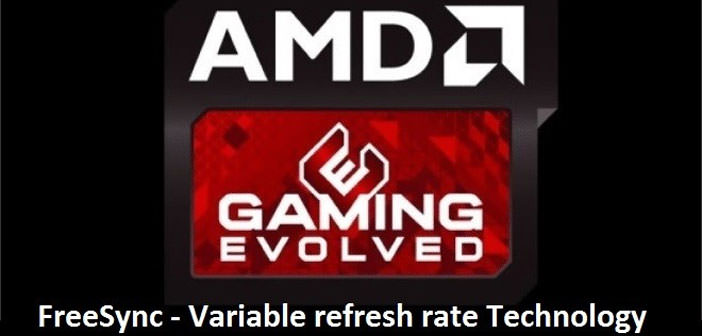AMD expands the number of partners offering FreeSync display technology allows you to remove the tearing while running 3D scenes making it more realistic game experience. On several occasions, in 2014, AMD has publicly discussed the technology with which FreeSync solved problems of synchrony between displays of PC synthesized within tearing.
This approach is equivalent to the G-SYNC developed by NVIDIA for its family GeForce video cards, with the substantial difference on the type of standard for NVIDIA’s owner while AMD’s approach is open and accessible from any manufacturer.
In conjunction with the CES 2015 in Las Vegas, AMD announced as the ecosystem of partners that support FreeSync are now also present BenQ, LG, Nixeus, Samsung and Viewsonic with different models ranging from 23.6 inches diagonally up to at least 34 inches. The following table shows the main technical characteristics.
| Produttore | Model | Diagonal | Resolution | Refresh Rate |
| BenQ | XL2730Z | 27” | 2,560 x 1,080 | 144Hz |
| LG Electronics | 29UM67 | 29” | 2,560 x 1,080 | 75Hz |
| LG Electronics | 34UM67 | 34” | 2,560 x 1,080 | 75Hz |
| Nixeus | NX-VUE24 | 24” | 1,920 x 1,080 | 144Hz |
| Samsung | UE590 | 23.6”, 28” | 4K | 60Hz |
| Samsung | UE850 | 23.6”, 28”, 31.5” | 4K | 60Hz |
| Viewsonic | VX2701mh | 27” | 1,920 x 1,080 | 144Hz |
Interesting to note that panels are available that go beyond the resolution of 1,920 x 1,080 pixels, from 2,560 x 1,440 up to the 4K (3,840 x 2,160). The maximum supported refresh rates range from 60Hz of the two models Samsung 4K up to 144Hz, available in the model BenQ XL2730Z even with a resolution of 2,560 x 1,440 pixels.
We expect for 2015 a gradual availability of compatible displays with technology FreeSync, similar to what happened in 2014 with reference to the G-SYNC NVIDIA. At present, this technology is compatible with video cards AMD Radeon Series R and in perspective, it will be with all the next generations of GPU presented by the American company.



